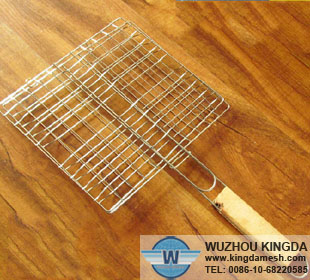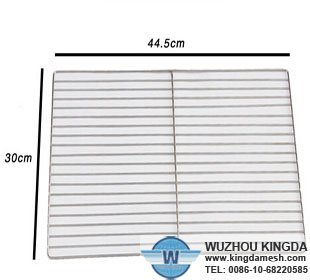Build yourself BBQ grill
Weekend barbecues are a tradition for many families around the world. Adding a simple BBQ grill to your backyard can add an aesthetic touch with a very practical use that the whole family will enjoy week in and week out. The plans for a DIY BBQ grill are not complicated. Only basic skills and experience with cement are necessary. These plans are designed to be completed in one weekend.
1
Calculate the total height you want for the BBQ structure. This depends on the height of the people who will use the grill. Take into account the ideal height for cutting items in the preparation area and manipulating the food on the grill. Most people prefer work areas a few inches above waist height.
2
Mix the cement for the mortar to use with the bricks according to the directions on the bag.
3
Spread the mortar for the first course of bricks according to the pattern designed earlier. Place the bricks on the mortar and use the level to ensure that they are laid flush. Connect the outer walls and interior wall to the back wall with metal ties for added stability.
4
Lay the extra courses of bricks beginning at the corners. Stagger the courses by half a brick to alternate the placement of the vertical joints to ensure the structural integrity of the project. Use the level to verify that the corners are vertically straight, and the finished structure will be square.
5
Lay five courses of the structure. Place a board between the corners and use the level to verify that the structure is level.
6
Lay two more courses and create a shelf on the seventh course by turning the bricks of the left and inner walls sideways. This creates an outer edge of half a brick and inner protrusions to support the metal tray for the charcoal or wood on the left side and the preparation area on the right side. Lay three more courses and repeat the process to create supports for the BBQ grill. The course numbers for the supports depend on the overall height desired for the structure. Add or subtract the number of courses necessary to achieve the desired height, but do not space the supports more than three courses apart.




